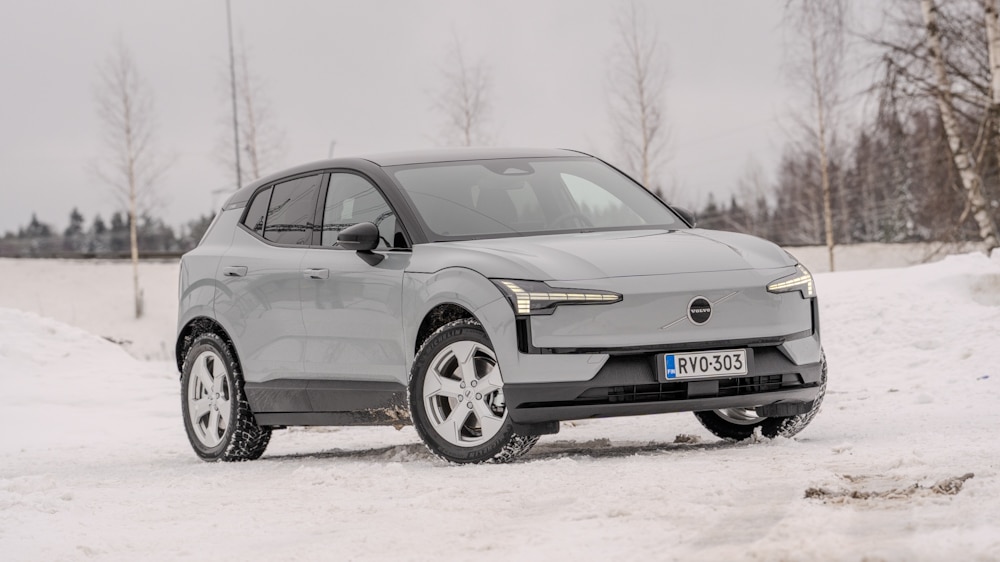The large pre-orders for the brand new EX30 reflect strong consumer interest in all-electric mobility and Volvo. The car was presented to the public in Finland for the first time last September at the Flamingo in Vantaa, where, in addition to the EX30, it was also possible to take a cold look at its upcoming big brother, the EX90, without a test drive.
The first EX30 models have landed in Finland and customer and press test drives are in full swing. The Flamingo left the EX30 with a feeling of a small interior and slightly unusual interior material solutions. However, the appearance and design already gave rise to a lot of positive thoughts at the first encounter.
There’s no getting rid of the hammers
For many years now, Volvo headlights have been adorned with what Thor calls ‘hammer’ headlamps, and the EX30 is no exception. On the EX30, the lights themselves are like large pixels, and although the design language has been around for a long time, there’s no denying that they look really good on the front of the little Volvo.

The large headlights add visual width to the front of the car and make the otherwise reduced front end look interesting. As is typical of electric cars, the front fascia is completely enclosed.
The side profile makes efficient use of the car’s centimetres in length. The roofline drops only slightly towards the rear end, allowing reasonable vertical space at the back even for a taller adult. The same cannot be said for legroom for rear passengers, as even a normal-sized adult can sit with knees attached to the front seat backrest.
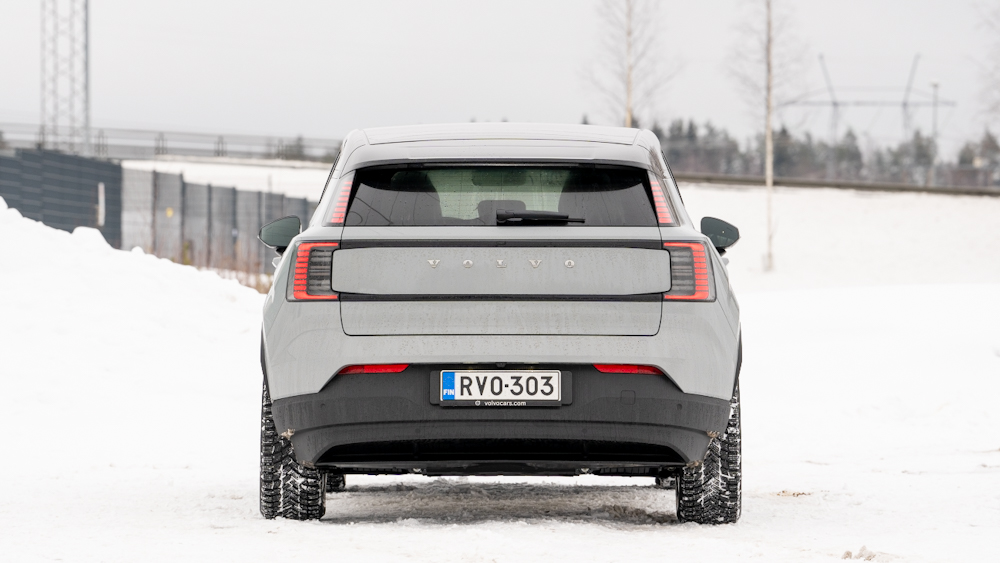
Despite the EX30’s short overall length of 4.23 metres, the doors are large and the higher ground clearance than a normal passenger car helps when getting into the car. Getting into the front seat feels like sitting in a much larger car.
The EX30 retains the traditional door handles, which don’t seem to be a given in today’s all-electric models due to the need to minimise drag. Door handles that you can grip properly can be appreciated, especially in icy winter conditions.
As with the front, the rear lights are based on a familiar and safe design. The U-shape on the side and the rear lights rising to the top of the boot are familiar shapes from other Volvo models.
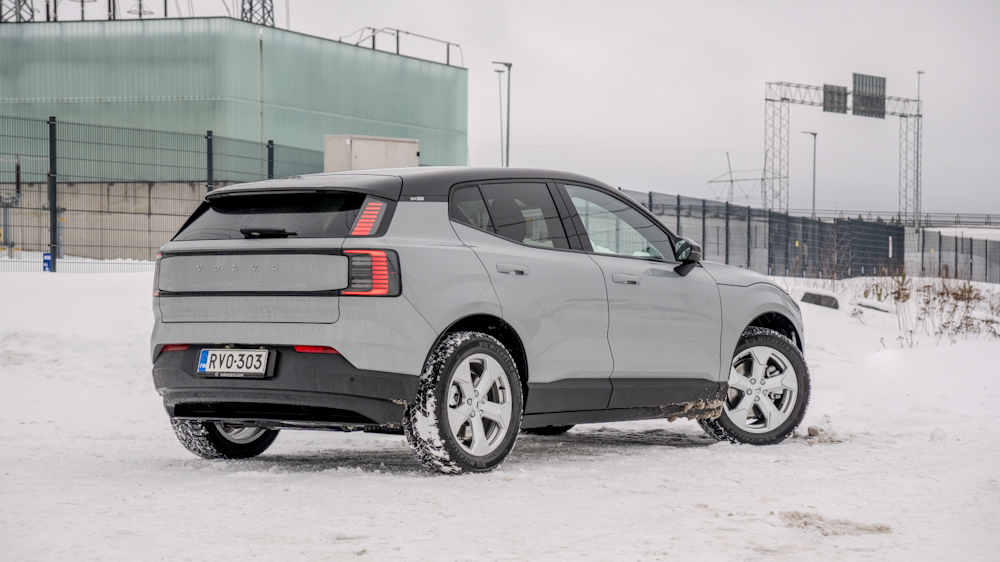
The electric boot lid is operated by pressing a small button below the rear window. For the first-timer, look for the more traditional ‘handle’ or button on the tailgate and above the number plate. The small opening button is easily missed on the gloss black panel below the rear window wiper. Thanks to its higher position than usual, the button collects far less dirt than if it were directly above the number plate.
The EX30’s key is primarily an electronic mobile phone key. The mobile phone key will be available on all EX30 models wirelessly via an OTA (Over The Air) update this spring.

The car also comes with a credit card-sized key card, which can be used to unlock and lock the doors by inserting it into the front door frame. An optional buttonless ‘mocha’, similar to a standard wireless key, is also available if you don’t have the option or don’t want to install an electronic key on your mobile phone.
Shapes and materials – simplicity at its simplest
Inside, the car is recognisable as a Volvo mainly because of the design of the steering wheel and the Volvo logo on it. A 12.3-inch touchscreen in the centre of the dashboard. The EX30’s operating system is Android-based. Navigation is handled by Google Maps, and apps can be downloaded from the Google Play Store.
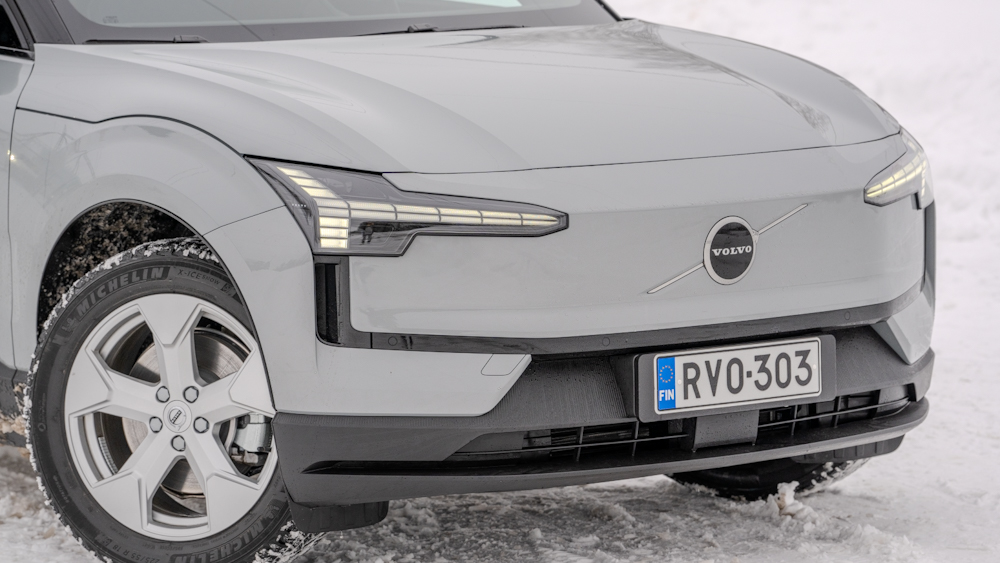
The speedometer is located in the upper left corner of the instrument cluster, as the traditional instrument panel is replaced by a small panel with sensors that monitor the driver. The car seems to be watching the driver’s eyes with realism, as an audible warning is given after just a few seconds if the driver’s gaze strays from the front sector.
However, the warning beep, which is a safety feature in principle, quickly becomes numbing and after a longer drive you can’t even pay attention to it. It is likely that the driver will switch it off completely in the future, but this will have to be done again each time the car is switched off.
The elbows on the front doors are of the floating type. The partially floating centre console is fitted with window release buttons and a rack for two drinks bottles. The minimalist design allows for a variety of storage solutions, exemplified by the good storage space under the centre console.

The glove compartment is in the middle of the cab, unlike the traditional location, and a wireless mobile phone charging cradle can be found under the glove compartment.
The interior materials have been used creatively. Traditional materials with a high quality and soft feel are largely absent, with the exception of the upper part of the dashboard. The cabin panels feel hard in many places, and one would think this would have a big impact on the noise levels in the cabin.
On the motorway, however, cabin noise is surprisingly low compared to many rivals in this size class. The test car’s friction tyres certainly contribute to the noise level, but despite this the noise level was well below that expected.
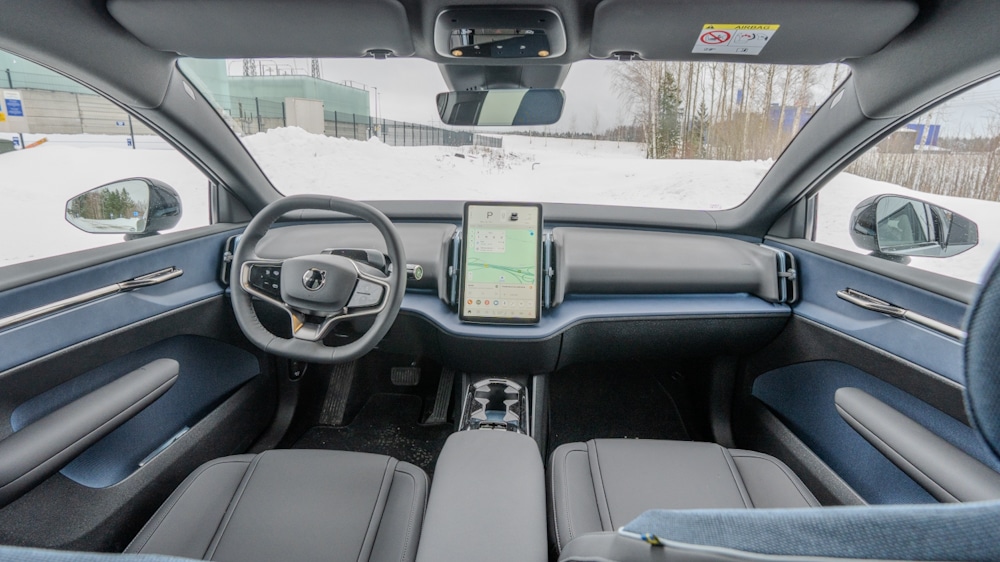
The low noise level also provides even better enjoyment of the car’s Harman/Kardon audio system, which comes as standard on the Plus trim level of the test car.
In the minimalist cabin, the eye is drawn to good-looking and functional design details. The exterior mirrors are sleek and almost scratch-free, the door handles are easy to grip and the air conditioning vents are vertical and unobtrusive. The gear selector is on the right-hand side of the steering wheel.
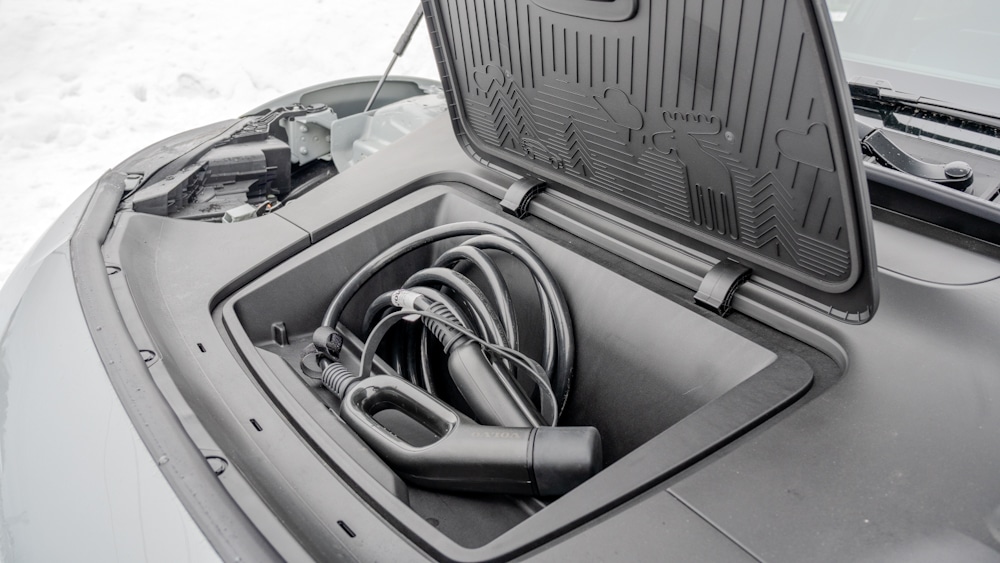
The seats, which otherwise provide good support but the thigh support is nonexistent, also seem to be minimalist in design. The stubby seat section and lack of thigh support is clearly one of the biggest drawbacks of the EX30’s cabin.
The boot is a compact 318 litres. Cables can be stored under the floor of the boot or, alternatively, the floor panel can be lowered by about ten centimetres. The floor space can easily accommodate two small suitcases side by side. For loading larger items, there’s a fun “Will it fit?” scale on the tailgate, so you don’t have to wait until you get to Ikea to find the boot space too short or shallow for shopping.
Larger than its size when driving
The Extended Range was a rear-wheel-drive model with a larger battery capacity. This model is expected to be the most popular and best-selling EX30 model in Finland.
In terms of driveability, the EX30 is quite successful and, for a small car, a comfortable companion for touring. Behind the wheel you get the feeling of a car even larger than its size, which, in addition to the low noise level, is helped by the good visibility outside. Only the visibility into the blind spot behind the b-pillar is poor.

The rear-wheel drive EX30 is comfortable and stable on dry roads. The chassis is clearly tuned to the soft side and the damping system does its job in a mostly decisive way. Larger bumps and bumps are swallowed comfortably in style. Minor bumps come through the chassis with a light pluck.
On the steering side, there are three stiffness settings to choose from. There is not much difference between the settings and the steering feel is mainly light. In fast manoeuvres, the handling is decisive, although in smooth everyday driving the EX30 is a little numb in terms of steering and chassis.
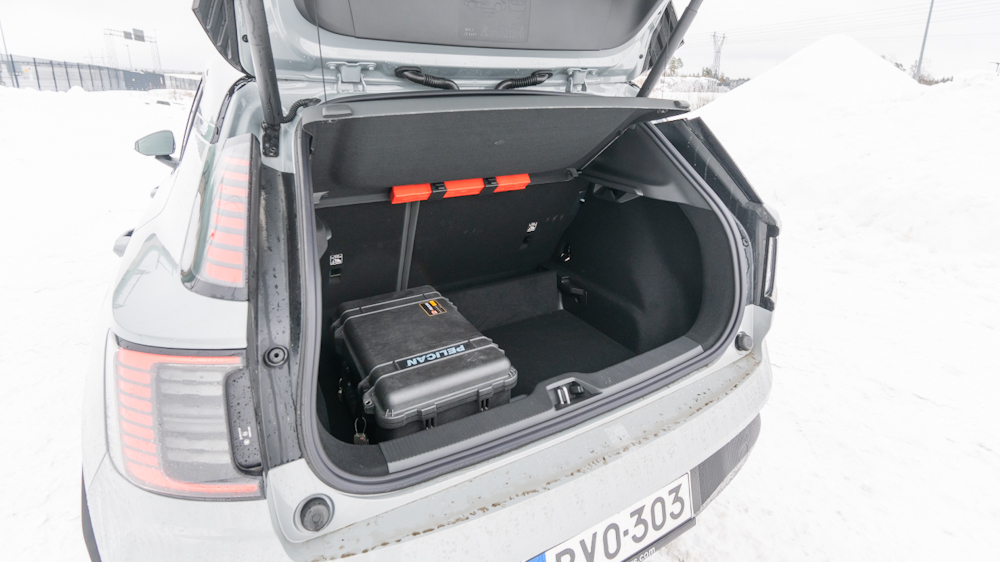
The electric powertrain provides more than enough power – 200 kW gets the rear-wheel-drive EX30 moving unnecessarily quickly and zero to 60 km/h is achieved in just over five seconds. It’s also worth mentioning that the four-wheel drive EX30 Twin Performance is the most powerful and fastest production Volvo in history. The four-wheel drive Twin Performance delivers 315 kilowatts of power and an acceleration time of 3.6 seconds.
The low noise level of the test car’s friction tyres has its downside on icy roads, where the skidding of the rear end feels very sensitive even with a cautious foot on the accelerator. However, the traction control and traction control do their job well and feel safe, but there’s no escaping sensitive rear-end slippage in winter conditions, at least on the rear-wheel-drive model.
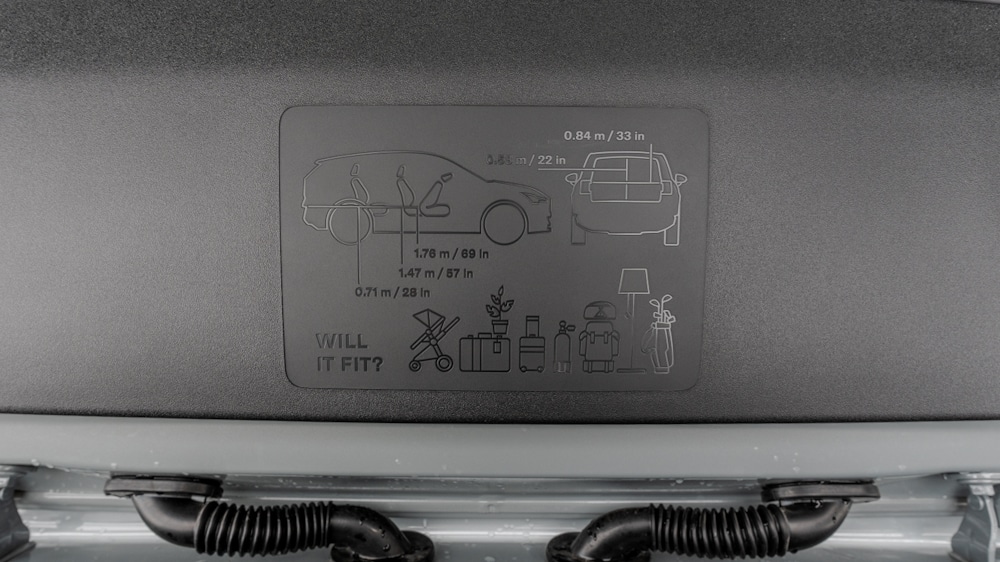
Single pedal driving works fine. Only when coming to a stop does the car jerk a little. There is no need for a brake pedal when driving calmly and proactively. The car slows to a stop when you take your foot off the accelerator.
A great charger
The EX30 is available with two different battery sizes. The smaller battery has an available capacity of 49 kWh and an operating range of 344 kilometres. The car will have to wait a while longer, as the estimated delivery date for the smaller battery size is October this year. The starting price for the smaller battery size (EX30 Single Core) is EUR 36 900.
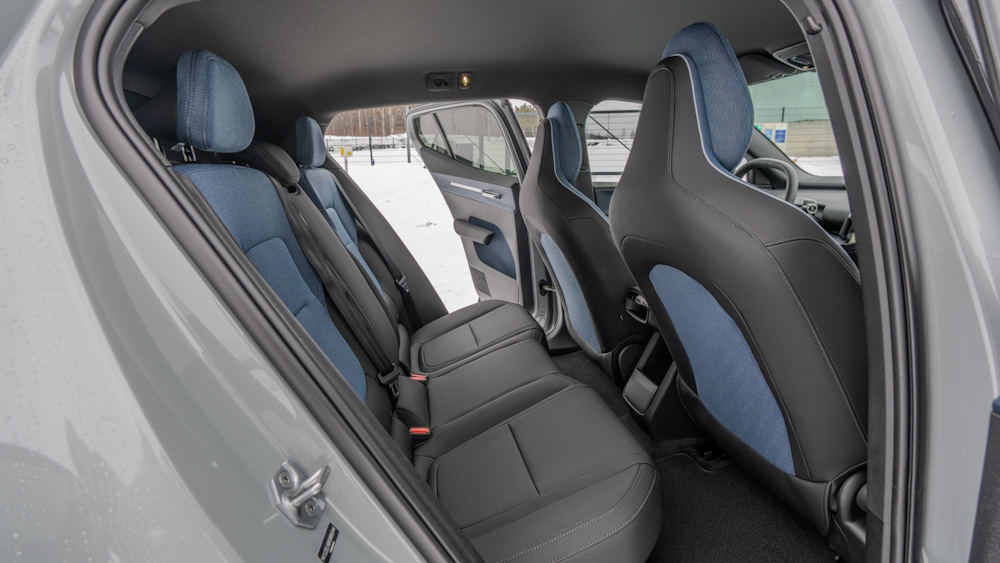
The Extended Range model tested has a larger battery and an available capacity of 65 kWh. On longer stretches of motorway driving in a few degrees of frost, consumption was 19-21 kWh/100 km and average consumption for the whole week ranged from around 18-23 kWh/100 km. In harder frosts, cold starts and interior warm-ups were a miserable drain on kilowatts and consumption was close to 30 kWh/100 km while driving distances remained short.
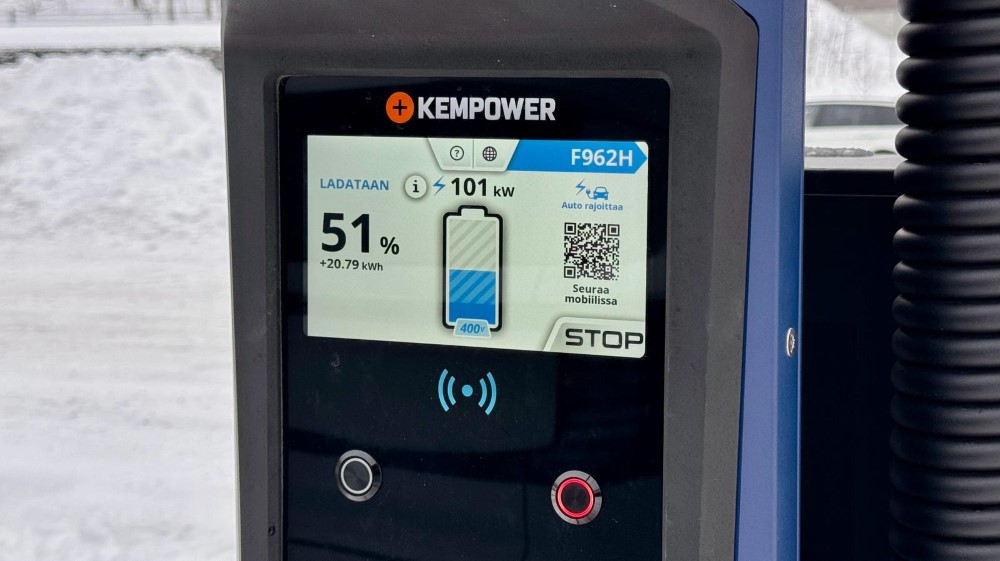
The EX30 has a battery preheat function that allows maximum charging speed when going to the fast charger. The car doesn’t give an actual notification when the preheat starts, but the preheat should last at least half an hour depending on the temperature. For the larger battery size tested, the manufacturer claims a maximum fast charge power of 150 kilowatts and it should only take 27 minutes to charge the battery from 10 to 80 percent.
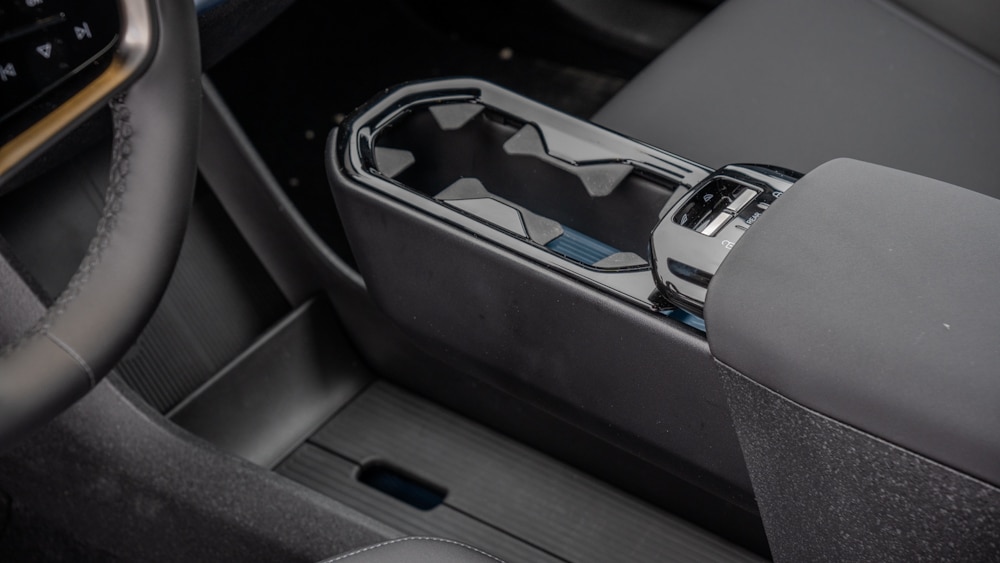
The manufacturer’s promises regarding charging rarely hold true. The EX30 proved to be a great charger, as long as the battery is preheated. Maximum charging power, according to the quick charger, was up to 158 kilowatts and the charge level from 20% to 80% was achieved in a commendable 26 minutes. In terms of mileage, this translates to around 200 kilometres at zero winter fuel consumption. Charging power remained above 100 kilowatts up to 50 percent, which is also an excellent result for a battery of this size.
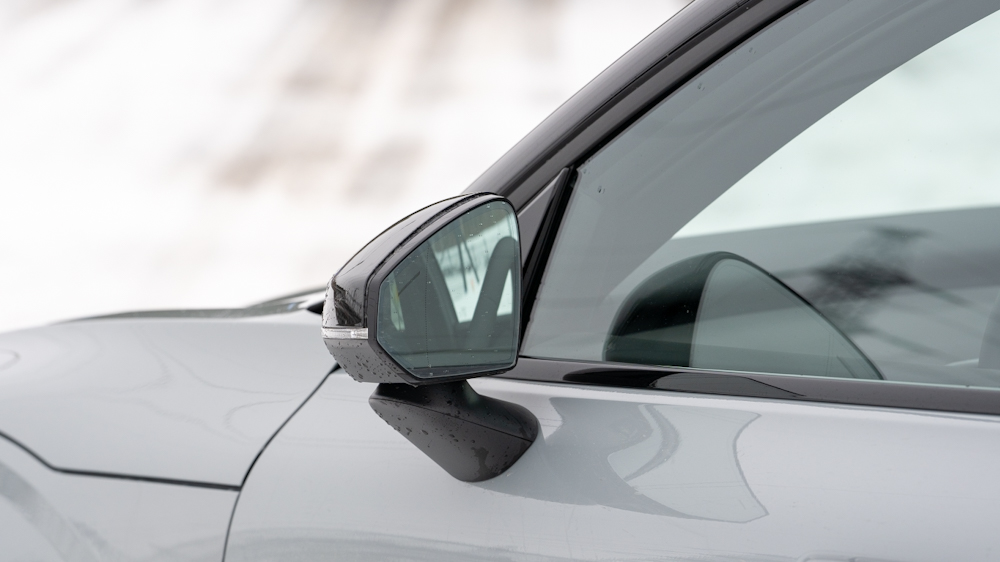
The car’s preheating is automatically activated when navigating to the fast charger, as long as the charge level remains at least 20 percent when reaching the charger.
Pessimistic forecasts
The car’s navigation system calculates an estimate of the battery’s charge level on arrival at the destination. The test car was equipped with software version 1.2, and at least with this version, the car’s estimates should be treated with a little caution in colder weather. The week of the test was marked by severe frosts and the gauge dipped to near -20 degrees Celsius at best. In temperatures of zero degrees Celsius, the reserve estimates were much closer to reality.
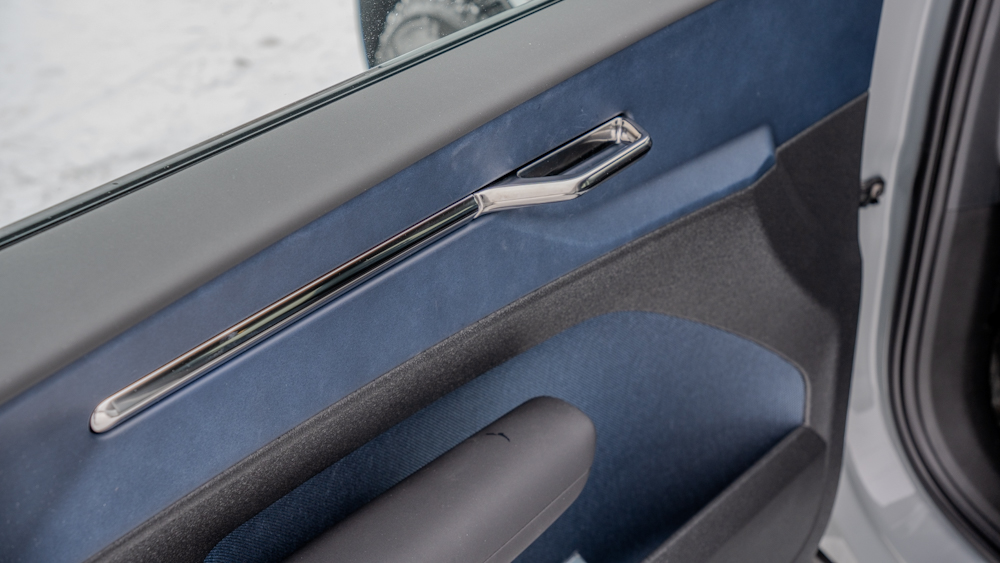
One morning, the journey started with the car parked outside overnight with the thermometer reading -16 degrees Celsius. The battery was 34% charged at the start of the journey. It was 59 kilometres to the planned fast-charging station and the car estimated that it was 15 per cent charged – meaning it would take just over half the battery charge to complete the journey. On arrival, the car’s battery charge estimate started to drop after the first 10 kilometres.
The initial stretch of motorway was driven at the speed limit, but it soon became clear that it was too dangerous to drive to the end of the journey with a battery reserve of only 5% halfway there. In the end, we reached another charging station 9 kilometres closer to the original destination and the last 10 kilometres were spent at 80 km/h with the air conditioning off.
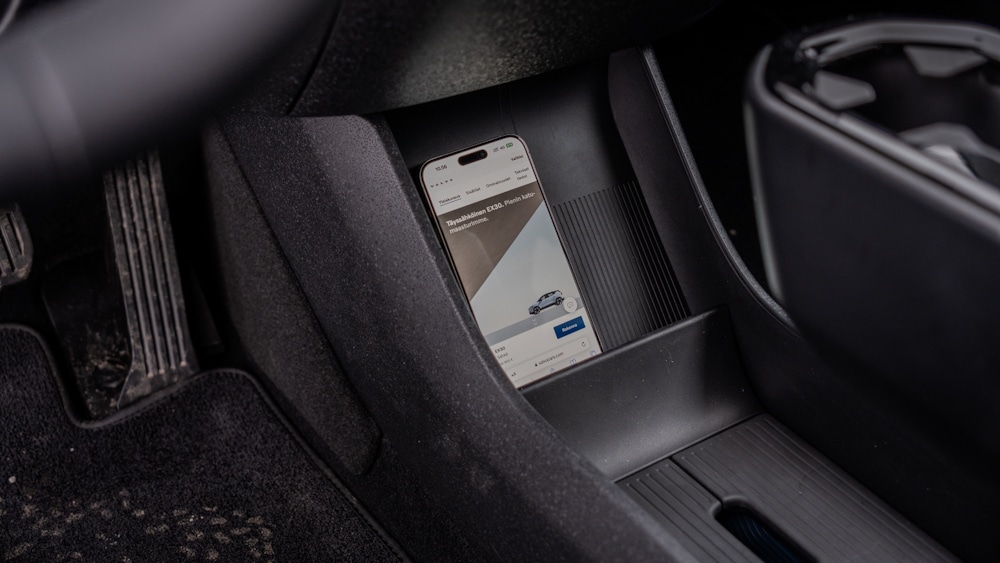
When arriving at the charger with a cold battery, there was a huge difference in charging performance compared to a preheated battery. The maximum charge power on a cold battery was only 60 kilowatts and it took 62 minutes to go from 6% to 76%. So preheating the battery is a huge help in speeding up charging. For the EX30, it’s a good idea to keep the battery charge at a minimum of 20 percent to get the best performance out of the car’s charging capabilities with fast chargers.
The good thing about many of the system features and problems is that they can be improved through upgrades, which in the case of the EX30 are done wirelessly over a network connection. Presumably the cold weather reserve estimates will also hold up better in the future.

The Volvo EX30 is definitely one of this year’s hottest new products. The EX30 offers great features for a small all-electric car, and its small size doesn’t make it a shopping bag by any means. In terms of charging and driving performance, the EX30 outperforms many of its larger rivals. However, it’s best to consider the limited space for rear passengers before buying the EX30 as the family’s number one car.
The EX30 was already nominated for the Car of the year 2024 award. The award, announced a few weeks ago, was won this year by the C-segment all-electric Renault Scenic E-Tech. The Volvo EX30 came in a strong fifth place.
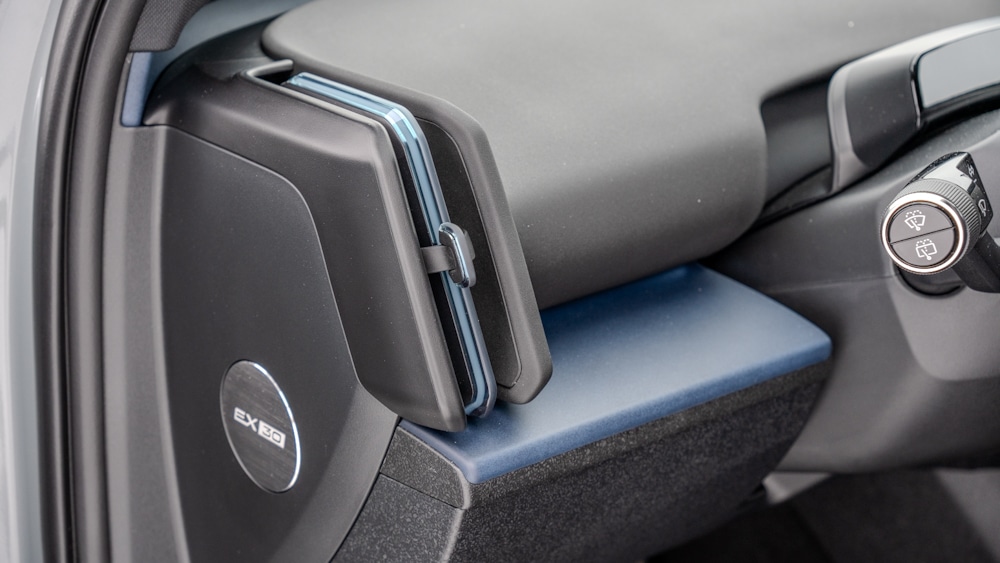
The EX30 has not yet made it to the list of nominees for Car of the Year in Finland 2024. If the EX30 is on the next shortlist, it will have a good chance of competing for the top spot. The EX30 has many features that make it an attractive car for the Finnish consumer. This is already reflected in the two thousand advance bookings, although many have not even seen the car in the flesh or test driven it.
